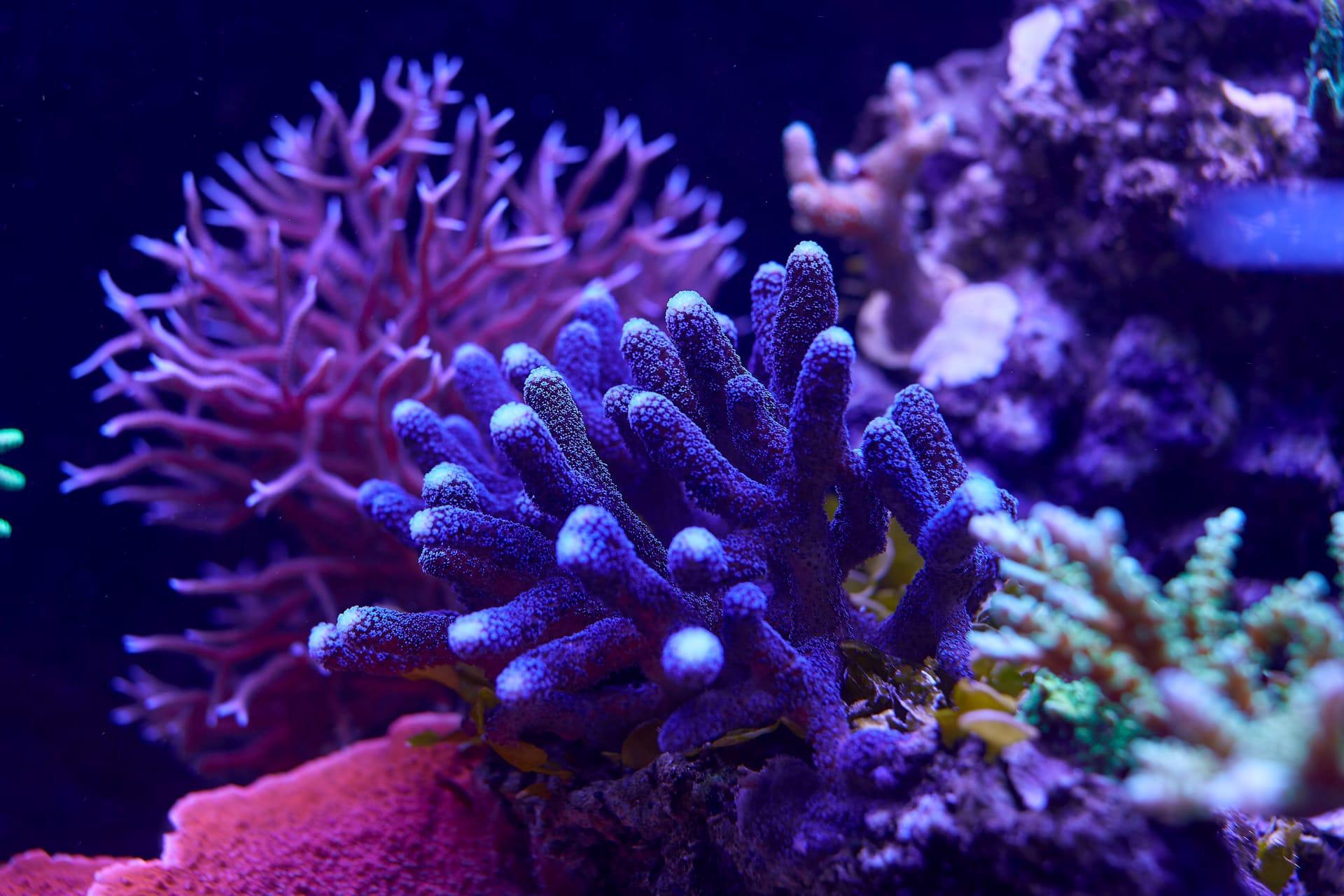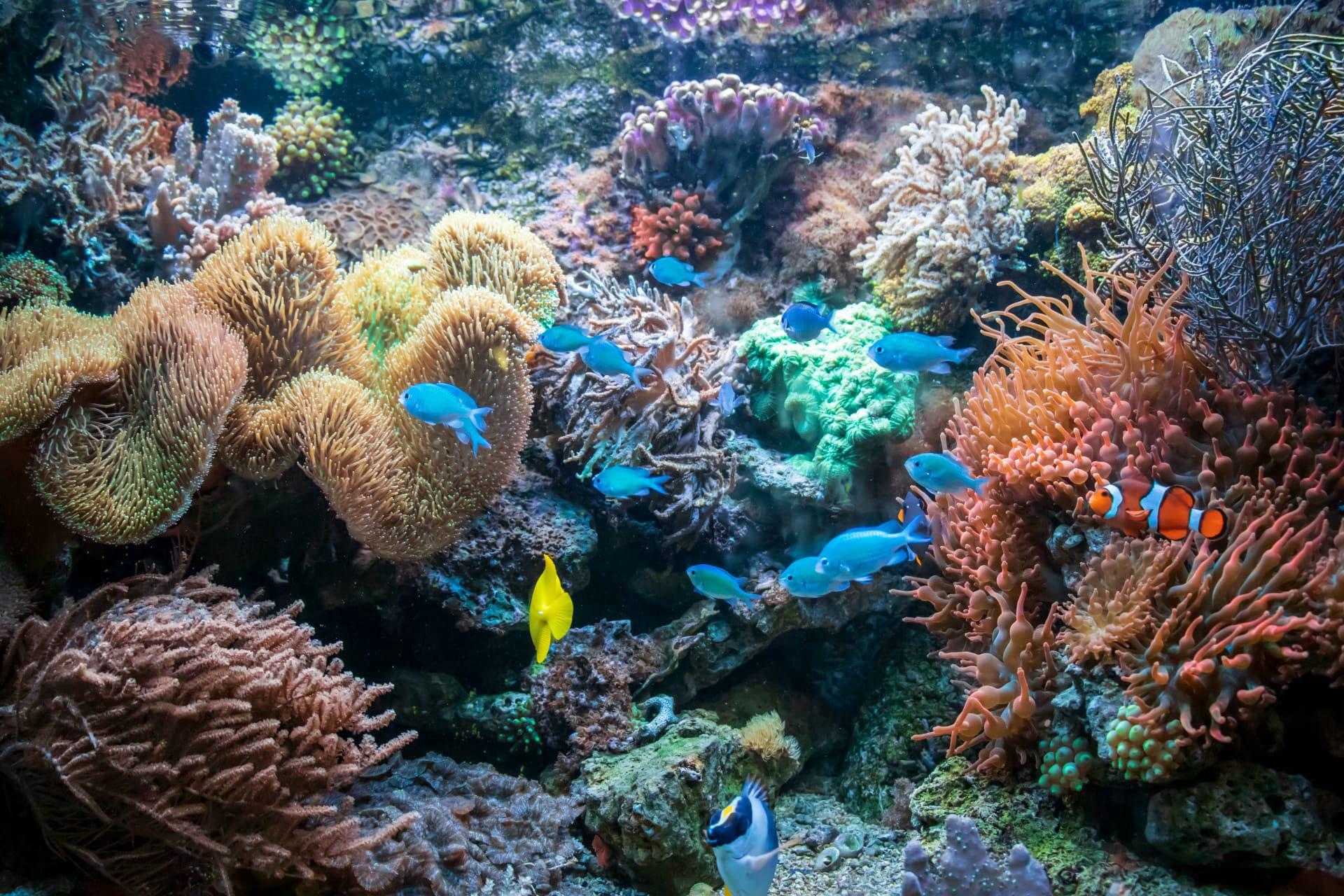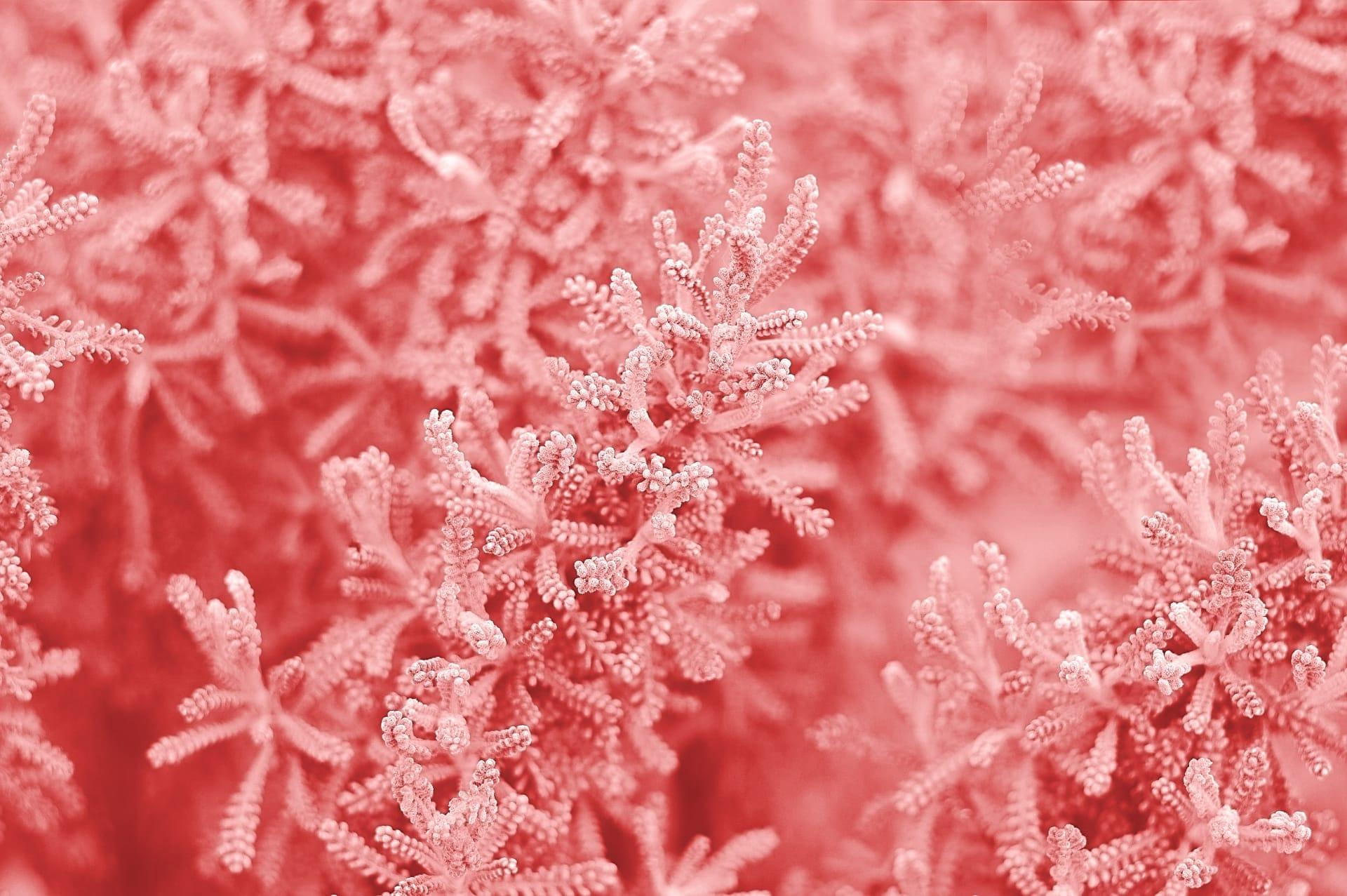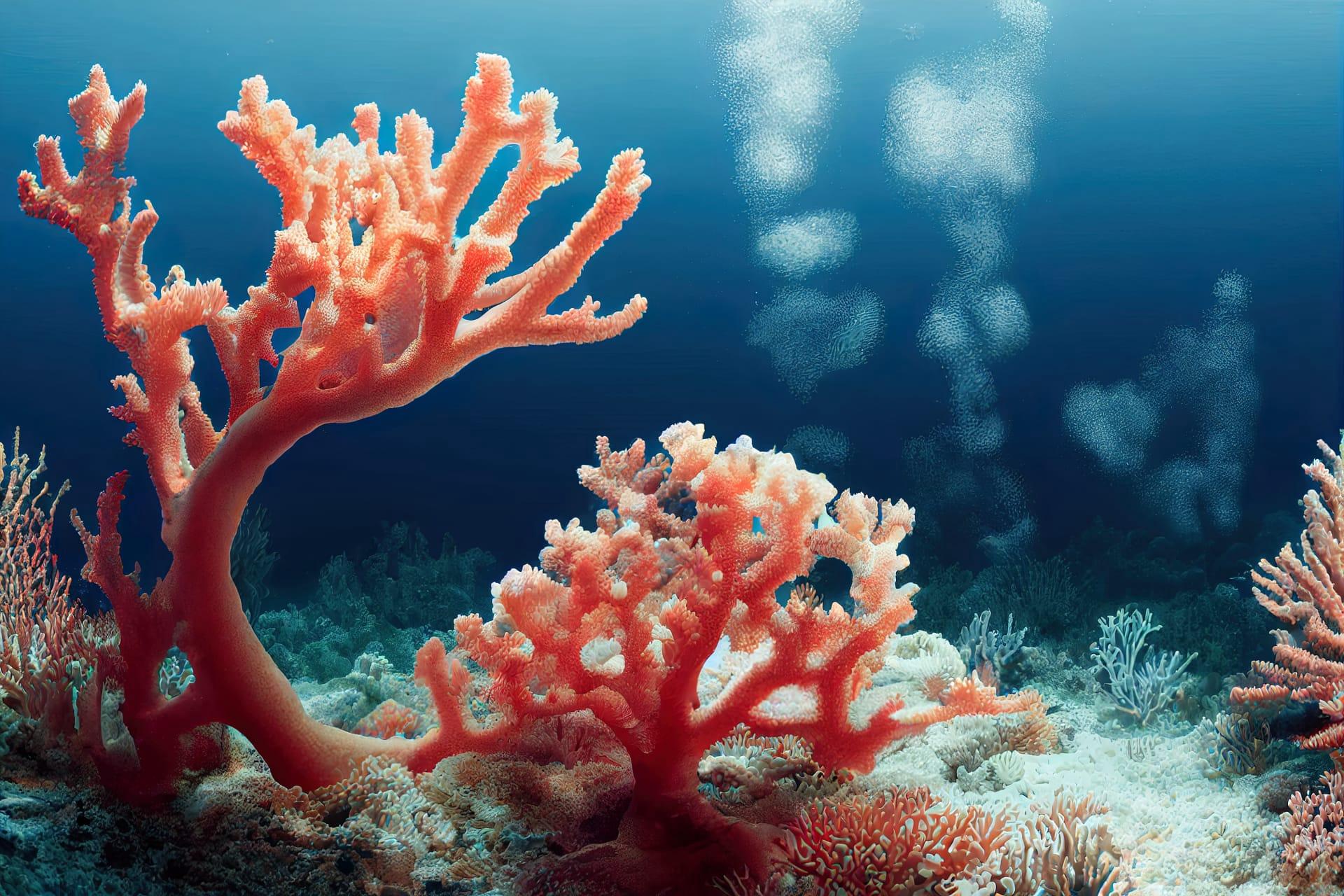Coral Trivia
- Home /
- Trivia Question /
- Animal /
- Coral Trivia
1
Question: What are corals and how do they grow?
Answer: Corals are marine invertebrates within the class Anthozoa. They typically live in compact colonies of many identical individual polyps. Corals grow by laying down new layers of calcium carbonate, which forms their hard skeleton. This process is slow, with some corals growing only about 0.3 to 2 centimeters per year, depending on the species.
Question: What role do algae play in coral health?
Answer: Algae, specifically zooxanthellae, play a crucial role in coral health. These algae live inside coral tissues and provide corals with up to 90% of their energy needs through photosynthesis. In return, corals provide the algae with a protected environment and compounds they need for photosynthesis. This symbiotic relationship is vital for coral survival and growth.

2
Question: Is it true that corals are plants?
Answer: This is a common misconception. Corals are actually animals, not plants. They belong to the phylum Cnidaria, which also includes jellyfish and sea anemones. They have a simple digestive system and capture tiny animals and particles from the water for nutrition, in addition to the energy they receive from their symbiotic algae.
Question: Do corals only live in warm waters?
Answer: While many people associate corals with tropical environments, they can also be found in colder, deeper waters. Deep-sea corals can live in temperatures as low as 4 degrees Celsius and at depths of up to 6,000 meters. Unlike tropical corals, many deep-sea corals do not have symbiotic algae and rely solely on catching food particles from the water.

3
Question: How do corals reproduce?
Answer: Corals can reproduce both sexually and asexually. In sexual reproduction, corals release eggs and sperm into the water simultaneously in a mass spawning event, usually timed with the lunar cycle or water temperature changes. Asexually, corals can reproduce through budding, where a new polyp grows out of an adult polyp and then detaches, or through fragmentation, where pieces break off and form new colonies.
Question: Can corals change color?
Answer: Yes, corals can change color, often in response to environmental stress. When corals are stressed, they expel the symbiotic algae living in their tissues, a phenomenon known as coral bleaching. This leaves the coral's white skeleton visible through its transparent tissue. However, corals can also display vibrant colors when the algae produce different pigments, sometimes as a response to changes in light, temperature, or nutrients.

4
Question: What is the largest coral reef in the world?
Answer: The Great Barrier Reef, located off the coast of Queensland, Australia, is the largest coral reef system in the world. It stretches over 2,300 kilometers, is home to thousands of marine species, and can even be seen from space. The Great Barrier Reef comprises over 2,900 individual reefs and 900 islands.
Question: How do corals benefit the environment?
Answer: Corals play a critical role in the marine environment. They provide habitat and shelter for many marine organisms, contribute to the formation of sand beaches and islands, protect coastlines from erosion and wave action, and are vital for the fishing and tourism industries. Additionally, coral reefs are important for carbon and nutrient cycling in ocean ecosystems.

5
Question: Are all corals hard and rigid?
Answer: Not all corals are hard. There are two main types: hard (stony) corals and soft corals. Hard corals have a rigid calcium carbonate skeleton, while soft corals lack this skeleton and are often flexible, allowing them to sway in water currents. Soft corals are also important components of reef ecosystems.
Question: Can corals recover from bleaching events?
Answer: Corals can recover from bleaching if the stressor, such as elevated water temperatures, is removed and if the event is not too severe. Recovery can take from several months to years, depending on the species and environmental conditions. However, repeated or prolonged bleaching events can lead to coral death, and the resilience of coral reefs is threatened by factors like climate change and pollution.